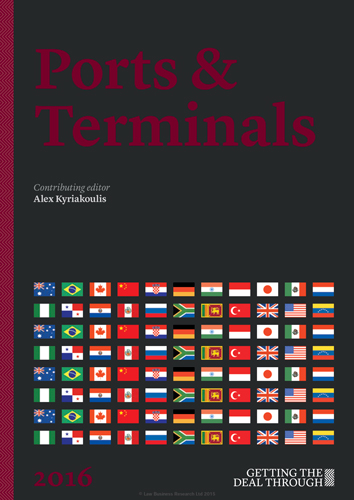Ports & Terminals/Порты и терминалы
Книга на английском языке
Ports and terminals are vital to the global economy. In the US and China, the world’s two largest economies, more than 90 per cent of imported and exported cargo moves through commercial ports. For coastal states and islands such as those in the Caribbean or the Mediterranean that rely heavily on tourism, and in particular the cruise industry, ports are the lifeblood of their economies. The rising demand of emerging markets such as the ‘BRIC’ countries (Brazil, Russia, India and China) has led to a significant increase in the use of containers, and to the emergence of large multi-terminal operators adept at designing, financing, constructing, operating and maintaining terminals capable of efficiently moving, storing and repairing huge numbers of containers. In addition, the commodities boom fuelled by this rising demand has contributed to increased investment in bulk cargo terminals (coal, iron ore, grain, etc), owned and operated by multinational agricultural and mining companies and commodities traders seeking to export their raw materials to the growing economies of the world.
A vast (and increasing) number of ports and terminals are globally in operation, and their operating structures, capabilities and objectives are diverse. Some ports only have a passenger or cruise terminal; others might also handle (or only handle) cargo; while others consist of one or more specialist terminals such as bulk, container or LPG/LNG terminals. Terminals may then be further segmented into gateway terminals, that is, terminals used primarily for the importing of cargo, or trans-shipment terminals which move cargo from one vessel to another smaller or larger vessel.
ISBN: 2397-0316
Contents
Global overview
Australia
Brazil
Canada
China
Croatia
Germany
India
Indonesia
Japan
Mexico
Netherlands
Nigeria
Panama
Paraguay
Peru
Russia
South Africa
Sri Lanka
Turkey
United Kingdom
United States
Venezuela




